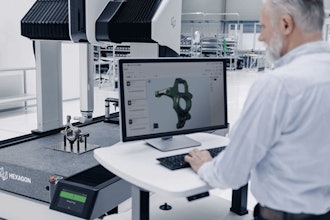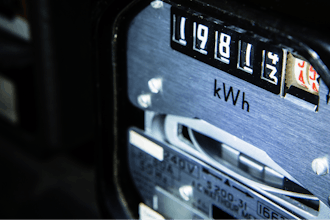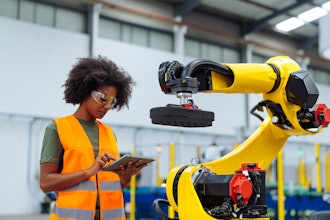Amazon Robotics Challenge
In this year’s Amazon Robotics Challenge, 16 teams from 10 different countries competed to win a hefty prize pool of $250K and the opportunity to have their design put to use in an Amazon fulfillment center.
The annual competition offers the online retail giant the opportunity to unearth some open-source solutions that could help the company better master the ability to move products around fulfillment centers, including picking and stowing items.
This year the winning team was a group of 27 roboticists from the Australian Centre for Robotic Vision, who collectively invested more than 15,000 hours into the project. Their winning system, dubbed CartMan, was built entirely from scratch into a three-axis Cartesian robots that essentially acts like a gantry crane you would see in large ports.
CartMan has a rotating gripper on the end, which uses suction cups or a two-finger grip to grab the desired item once identified by its bespoke vision system. This offers the robust robot more flexibility to complete the task at hand in a cost-effective manner.
Not only was CartMan able to outshine its competition by picking and stowing more items in the allotted time, but it was also the lowest-cost robot at this year’s event.
WHAT DO YOU THINK?
Could you imagine a robot like CartMan on your factory floor? Tweet me your thoughts @MnetNews or comment in the section below.
A Heat-Conducting Plastic
Manufacturers are increasingly incorporating plastic -- as opposed to heavier, more expensive metals or ceramics -- into their components and products.
But the use of plastic is limited in many cases by its poor conductivity.
Many applications require heat to be dissipated efficiently -- something conventional plastic isn't very good at.
New research from the University of Michigan, however, suggests that plastics could be altered at the molecular level to allow them to be used in many more ways.
Engineers dissolved a polymer in water and added electrolytes to the resulting solution to make it alkaline.
The links in the polymer's molecular chain then took on a negative charge, which caused them to straighten out.
The solution then was sprayed onto plates to reconstitute it into solid plastic.
The resulting polymer conducted heat about as well as glass — or six times better than conventional, untreated plastic.
Previous attempts to make plastic more conductive added metallic or ceramic fillers, which are expensive and could change its overall properties.
The new method, by contrast, is inexpensive and scalable.
Although a commercial product is likely a few years away, new composites using the process could make plastic a viable option in electronics, lighting, vehicles and other industries.
WHAT DO YOU THINK?
In what others ways could plastic be utilized if it transferred heat more efficiently? Tell us your thoughts in the comments below.






















